 Search by Keyword
Sign Up Below for our MONTHLY BEATLES TRIVIA QUIZ!
|
"I'LL CRY INSTEAD"
(John Lennon - Paul McCartney)
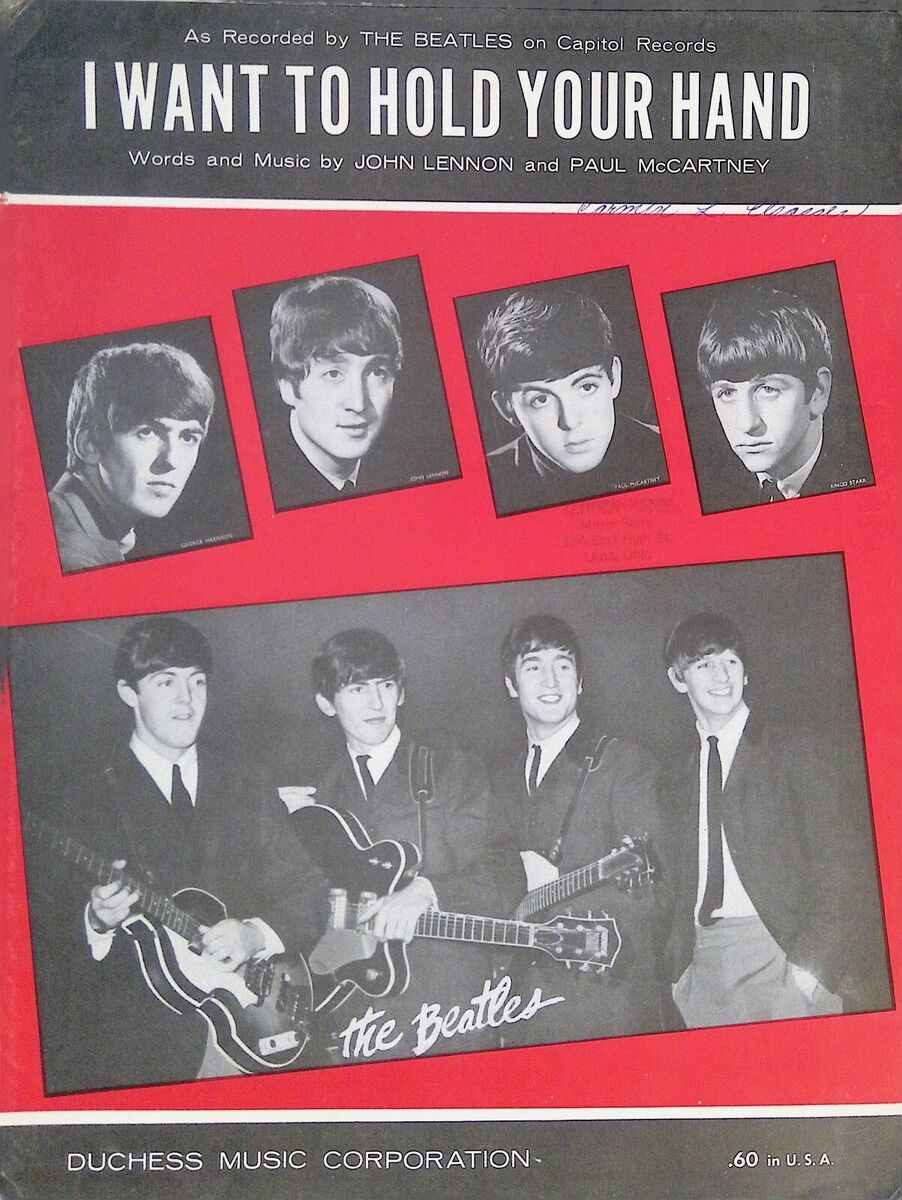 1964 saw the start of a new chapter in the songwriting of John Lennon. Previously, as witnessed in songs like "From Me To You," "Thank You Girl" and "I Want To Hold Your Hand," the superficiality in the lyrics was quite apparent. This superficial expression of romance was palatable enough for their teenage fans, but it was the musicality that attracted Britain's attention. 1964 saw the start of a new chapter in the songwriting of John Lennon. Previously, as witnessed in songs like "From Me To You," "Thank You Girl" and "I Want To Hold Your Hand," the superficiality in the lyrics was quite apparent. This superficial expression of romance was palatable enough for their teenage fans, but it was the musicality that attracted Britain's attention.
Concerning his early songwriting output, John Lennon said: "I had a sort of professional songwriter's attitude to writing pop songs. We would turn out a certain style of song for a single, and we would do a certain style of thing for this and the other thing. I'd have a separate songwriting John Lennon who wrote songs for the meat market, and I didn't consider them, the lyrics or anything, to have any depth at all."
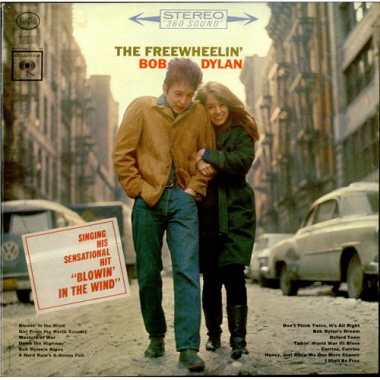 A noticeable shift in lyrical direction began after their first exposure to the music of Bob Dylan. During their January 1964 residency in Paris, The Beatles acquired a copy of his "Freewheelin'" album which they couldn't stop listening to. "I had started thinking about my own emotions," John Lennon admits regarding Bob Dylan's impact on his own songwriting. "Instead of projecting myself into a situation, I would try to express what I felt about myself, which I'd done in my books. I think it was Dylan who helped me realize that - not by any discussion or anything, but by hearing his work." A noticeable shift in lyrical direction began after their first exposure to the music of Bob Dylan. During their January 1964 residency in Paris, The Beatles acquired a copy of his "Freewheelin'" album which they couldn't stop listening to. "I had started thinking about my own emotions," John Lennon admits regarding Bob Dylan's impact on his own songwriting. "Instead of projecting myself into a situation, I would try to express what I felt about myself, which I'd done in my books. I think it was Dylan who helped me realize that - not by any discussion or anything, but by hearing his work."
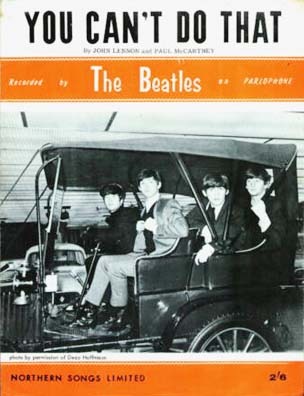 We can immediately notice the results in John's lyrics, starting with the jealous ultimatum witnessed in "You Can't Do That" which was written that month. From that point on, it's easy to interpret personal experiences in the lyrics Lennon wrote, even when the songs were quickly put together, such as with "Tell Me Why" and "A Hard Day's Night." We can immediately notice the results in John's lyrics, starting with the jealous ultimatum witnessed in "You Can't Do That" which was written that month. From that point on, it's easy to interpret personal experiences in the lyrics Lennon wrote, even when the songs were quickly put together, such as with "Tell Me Why" and "A Hard Day's Night."
When it came to the writing of "I'll Cry Instead," the outpour of personal emotions, from anger and self-pity to embarrassment and retaliation, is very convincingly portrayed as never before. The personal awareness expressed in Lennon's lyrics continued to scale more gut-wrenching heights in 1965 and afterward, but we see evidenced here the true beginnings of his lyrical creativity.
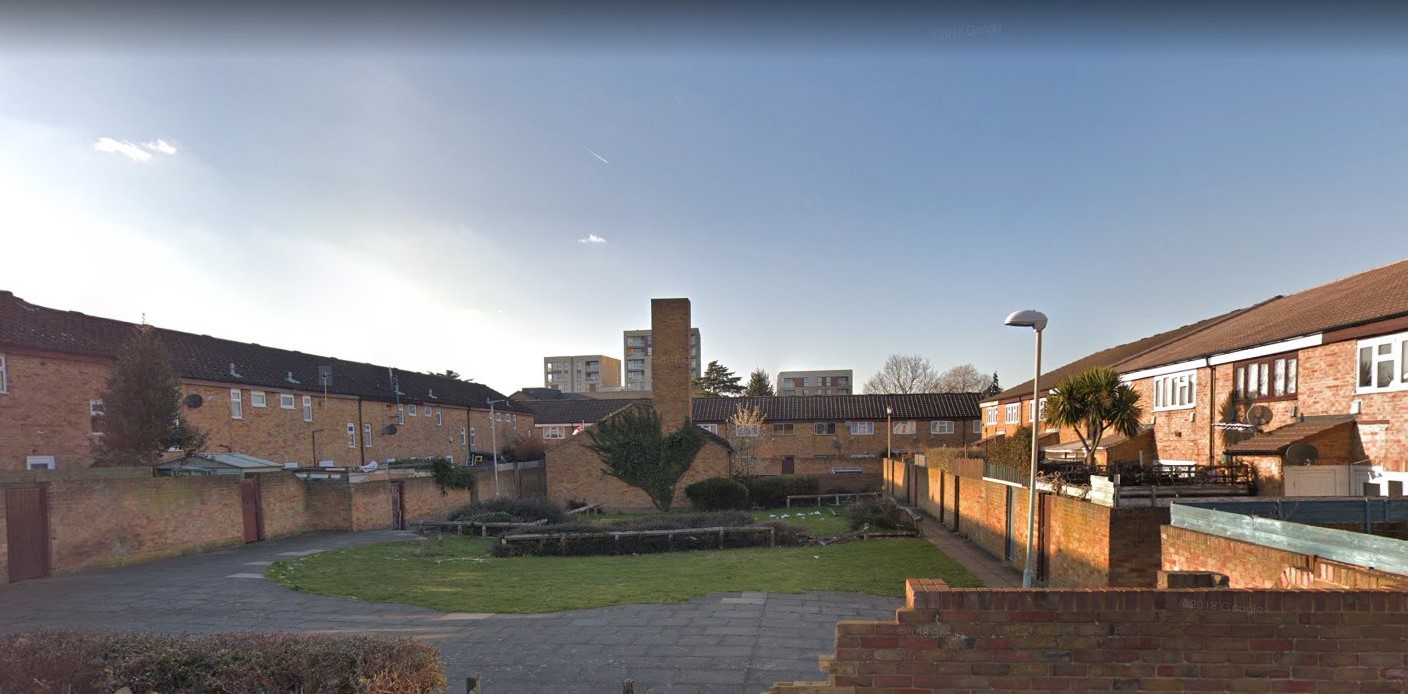
Thornbury Playing Fields five decades after "A Hard Day's Night" was filmed
Songwriting History
On April 22nd and 23rd, 1964, The Beatles filmed the sequence in the movie "A Hard Day's Night" where they "escaped" down an iron staircase and then ran foolishly through Thornbury Playing Fields in Middlesex, London. This film sequence, along with aerial footage shot on March 13th, 1964 on a helicopter launch/landing pad, was shot with the intention of being the backdrop to another Beatles song.
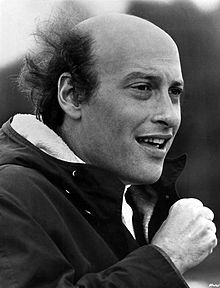 Director Richard Lester undoubtedly had to tell them what he had in mind, although what Beatles' song would be used here was undetermined at this point. The week before, John Lennon composed a song 'made to order' when Richard Lester decided on the phrase "A Hard Day's Night" for the title of the movie. Undoubtedly, John rose to the occasion again quickly after hearing what was needed for this film sequence. Director Richard Lester undoubtedly had to tell them what he had in mind, although what Beatles' song would be used here was undetermined at this point. The week before, John Lennon composed a song 'made to order' when Richard Lester decided on the phrase "A Hard Day's Night" for the title of the movie. Undoubtedly, John rose to the occasion again quickly after hearing what was needed for this film sequence.
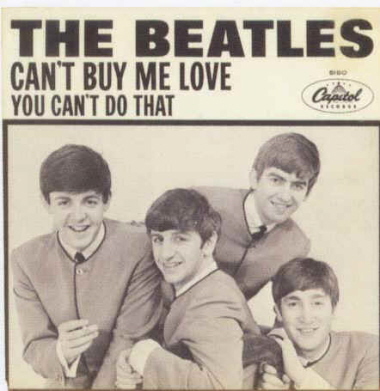 John was in a very competitive songwriting mood at this point, being that Paul's "Can't Buy Me Love" was snatched up for their current #1 hit. Having just secured the title track of the movie, he probably went to work in late April of 1964 writing a song specifically to meet this new requirement. John was in a very competitive songwriting mood at this point, being that Paul's "Can't Buy Me Love" was snatched up for their current #1 hit. Having just secured the title track of the movie, he probably went to work in late April of 1964 writing a song specifically to meet this new requirement.
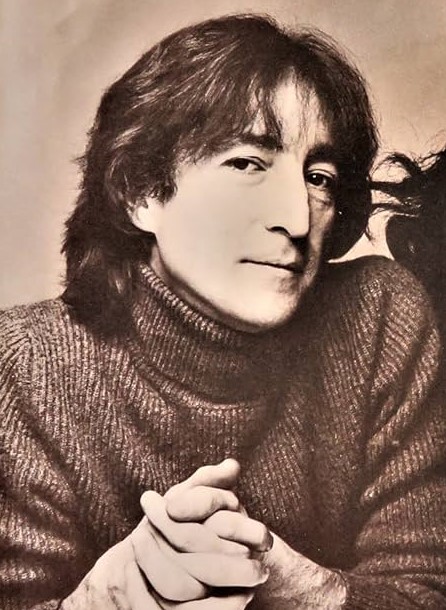 "I wrote that for 'A Hard Day's Night' but Dick Lester didn't even want it," John explained in 1980. "He resurrected 'Can't Buy Me Love' for that sequence instead." The decision to put Paul's song in that position no doubt was a thorn in John's side. Some have suggested that the rather downbeat lyrics of "I'll Cry Instead" didn't suit the happy-go-lucky antics they shot for that part of the film. John may have been consoled by the fact that his song did get released as an American single three weeks before the film was released in the US. "I wrote that for 'A Hard Day's Night' but Dick Lester didn't even want it," John explained in 1980. "He resurrected 'Can't Buy Me Love' for that sequence instead." The decision to put Paul's song in that position no doubt was a thorn in John's side. Some have suggested that the rather downbeat lyrics of "I'll Cry Instead" didn't suit the happy-go-lucky antics they shot for that part of the film. John may have been consoled by the fact that his song did get released as an American single three weeks before the film was released in the US.
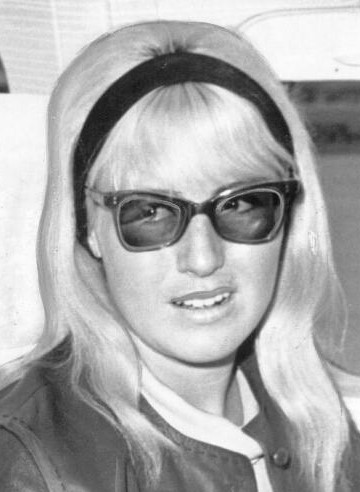 Cynthia Lennon described the song as a "cry for help" from her then husband. "It reflects the frustration he felt at the time," remembered Cynthia Lennon. "He was the idol of millions, but the freedom and fun of the early days had gone." Cynthia Lennon described the song as a "cry for help" from her then husband. "It reflects the frustration he felt at the time," remembered Cynthia Lennon. "He was the idol of millions, but the freedom and fun of the early days had gone."
Recording History
 With filming for "A Hard Day's Night" complete on April 24th, and after a well deserved month-long vacation, the group returned to EMI Studio Two on June 1st, 1964 to record additional songs to flesh out the second side of their upcoming British soundtrack album, the first side to contain previously recorded songs that were to appear in the movie. First on the agenda for this day was to record the song Lennon intended for the "escape" sequence in the movie. With filming for "A Hard Day's Night" complete on April 24th, and after a well deserved month-long vacation, the group returned to EMI Studio Two on June 1st, 1964 to record additional songs to flesh out the second side of their upcoming British soundtrack album, the first side to contain previously recorded songs that were to appear in the movie. First on the agenda for this day was to record the song Lennon intended for the "escape" sequence in the movie.
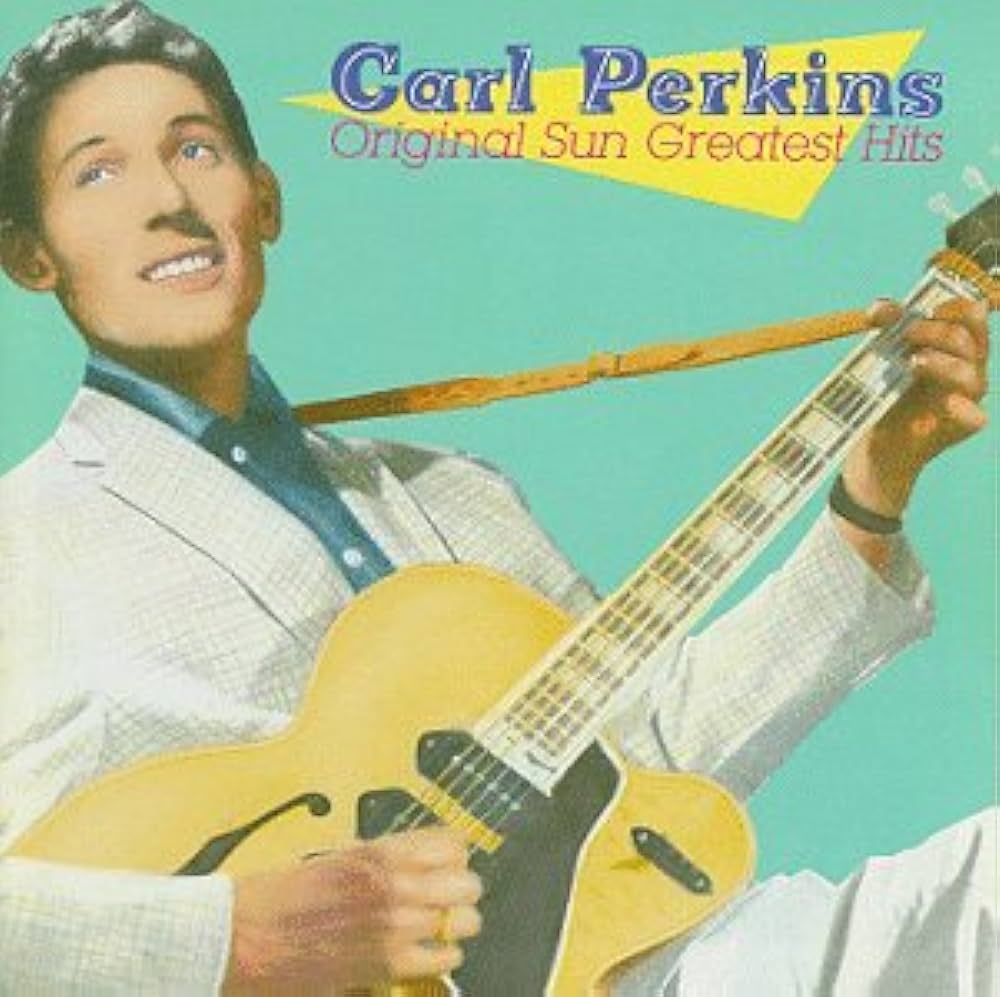 The first of two sessions that day ran from 2:30 to 5:30 pm, which started with recording "Matchbox," a song sung by Ringo which ended up on the British EP "Long Tall Sally." The reason this was recorded first was that George Harrison's hero, Carl Perkins, was in town on tour and was invited to the studio for this session. After choosing to record one of his songs while he was present, they jumped right into tackling what they intended to record that day, this being "I'll Cry Instead." The first of two sessions that day ran from 2:30 to 5:30 pm, which started with recording "Matchbox," a song sung by Ringo which ended up on the British EP "Long Tall Sally." The reason this was recorded first was that George Harrison's hero, Carl Perkins, was in town on tour and was invited to the studio for this session. After choosing to record one of his songs while he was present, they jumped right into tackling what they intended to record that day, this being "I'll Cry Instead."
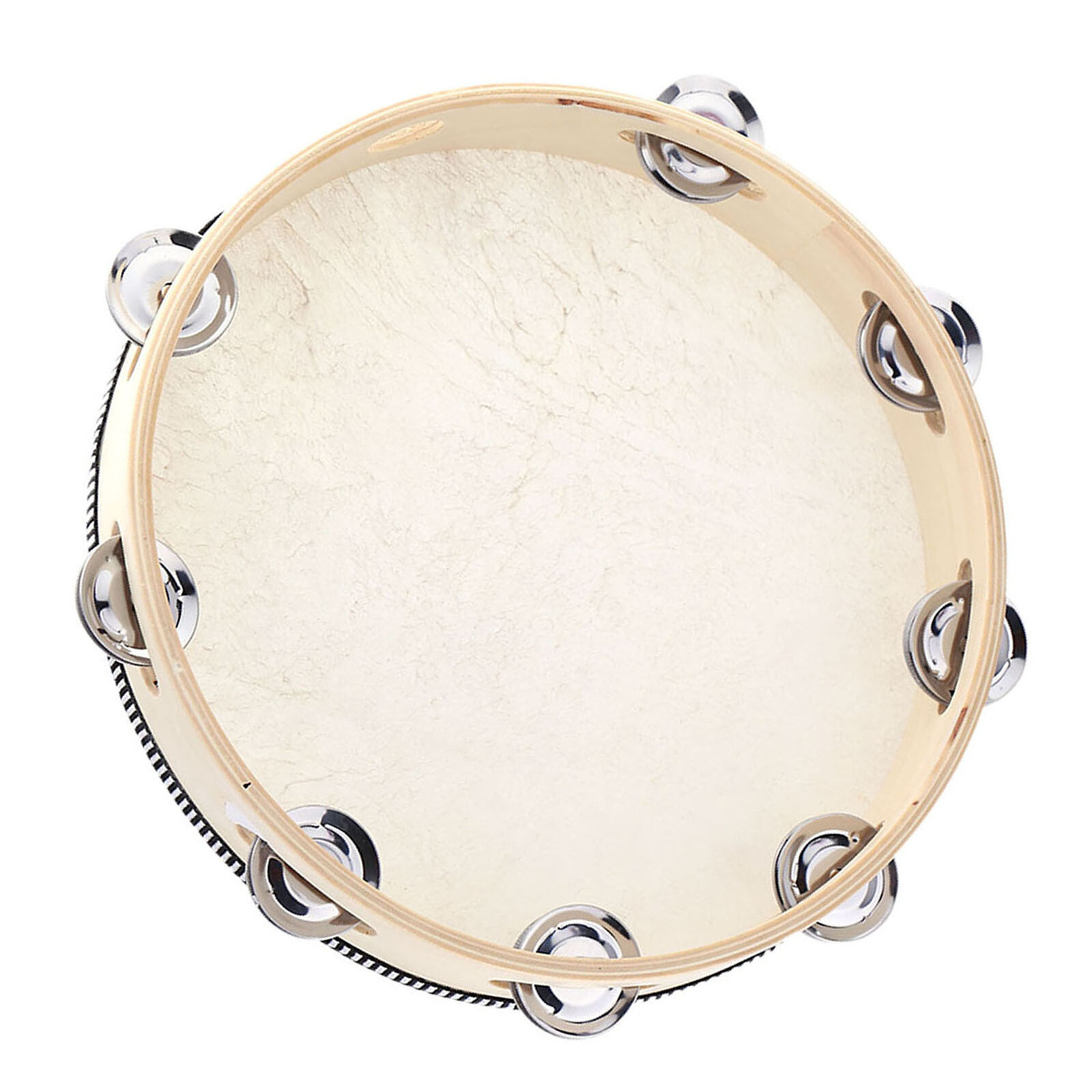 For some unknown reason, the group chose to record the song in two sections for editing together later. Since the arrangement wasn't unusually difficult, it can be assumed that after six takes it was decided that the song was too short for its intended film sequence. They then did two more takes, "take seven" and "take eight," of the bridge and final verse for later editing. All of these takes featured The Beatles playing their usual instruments while John Lennon sang lead vocal. Afterward, overdubs of tambourine and double-tracking of John's vocals were recorded onto both sections of the song. For some unknown reason, the group chose to record the song in two sections for editing together later. Since the arrangement wasn't unusually difficult, it can be assumed that after six takes it was decided that the song was too short for its intended film sequence. They then did two more takes, "take seven" and "take eight," of the bridge and final verse for later editing. All of these takes featured The Beatles playing their usual instruments while John Lennon sang lead vocal. Afterward, overdubs of tambourine and double-tracking of John's vocals were recorded onto both sections of the song.
 June 4th, 1964 was the date that producer George Martin and engineers Norman Smith and Richard Langham gathered in the control room of EMI Studio Two to create the mono mix of "I'll Cry Instead." Actually, two separate mono mixes of the song were created on this day; the first was of the first section (from "take six") and then of the second section (from "take eight"). These two mono mixes were then edited together to form the mono mix that was released in the US. June 4th, 1964 was the date that producer George Martin and engineers Norman Smith and Richard Langham gathered in the control room of EMI Studio Two to create the mono mix of "I'll Cry Instead." Actually, two separate mono mixes of the song were created on this day; the first was of the first section (from "take six") and then of the second section (from "take eight"). These two mono mixes were then edited together to form the mono mix that was released in the US.
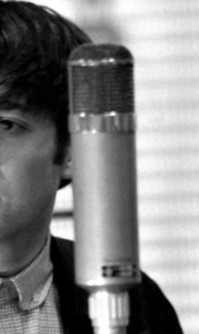 There is a bit of ambiguity regarding this mix that needs to be cleared up. Beatles fans in America are quick to notice that the mono version of this song that was originally released in that country had an additional verse that is not included in the stereo mix. Although this third verse is a lyrical repeat of the first verse, there are certain different nuances in John's vocal performance that indicate that this additional verse had to have been taken from another of the six takes that the group had recorded of the first section of the song on June 1st of that year. Therefore, when the EMI staff was preparing this mono mix on June 4th, they had to have also edited in this portion of a previous take in order to lengthen the song yet a little more for inclusion in the film sequence. If you listen closely to this mono mix, you can clearly hear two edits after the third verse and then one edit just before the second bridge. There is a bit of ambiguity regarding this mix that needs to be cleared up. Beatles fans in America are quick to notice that the mono version of this song that was originally released in that country had an additional verse that is not included in the stereo mix. Although this third verse is a lyrical repeat of the first verse, there are certain different nuances in John's vocal performance that indicate that this additional verse had to have been taken from another of the six takes that the group had recorded of the first section of the song on June 1st of that year. Therefore, when the EMI staff was preparing this mono mix on June 4th, they had to have also edited in this portion of a previous take in order to lengthen the song yet a little more for inclusion in the film sequence. If you listen closely to this mono mix, you can clearly hear two edits after the third verse and then one edit just before the second bridge.
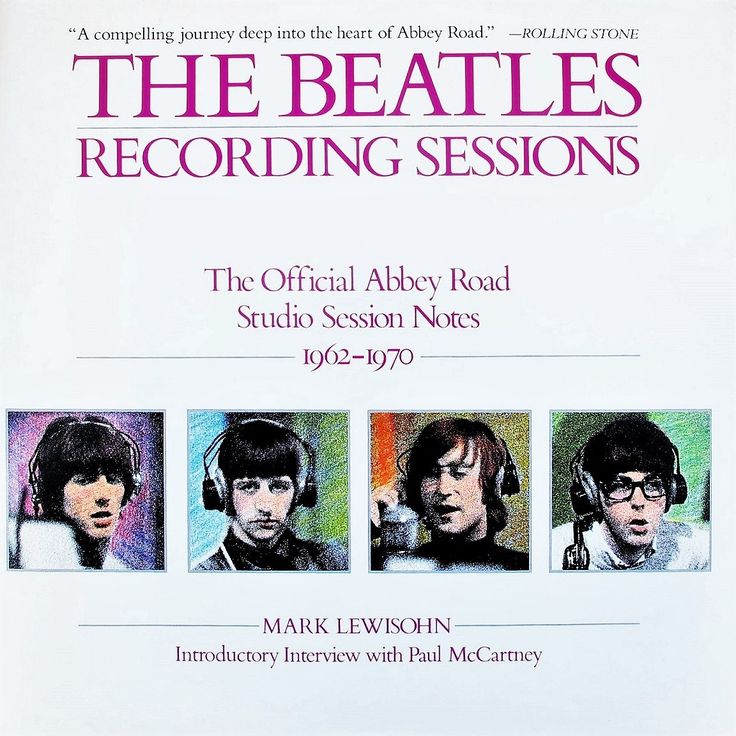 Since the second section of the song that they recorded only contained the bridge and the last verse, they had to have used what The Beatles recorded in one of the first five takes of the song's first section. Mark Lewisohn's 1988 book "The Beatles Recording Sessions" fails to mention this inclusion, but because this was the only mono mix made before the song's US release, it had to have also been done on June 4th, 1964. Since the second section of the song that they recorded only contained the bridge and the last verse, they had to have used what The Beatles recorded in one of the first five takes of the song's first section. Mark Lewisohn's 1988 book "The Beatles Recording Sessions" fails to mention this inclusion, but because this was the only mono mix made before the song's US release, it had to have also been done on June 4th, 1964.
 On June 9th, 1964, George Martin, Norman Smith and engineer Ken Scott assembled in the control room of EMI Studio Three for mono tape copying of the songs that would be included on both US releases of the "A Hard Day's Night" songs. Since it was still thought at this point that "I'll Cry Instead" would be appearing in the film, it was included in the list of 'soundtrack songs' and was dutifully sent to United Artists for inclusion on the American soundtrack album. Capitol Records received the other tape prepared on this day, which they used on their "Something New" album as well as the 45 release of "I'll Cry Instead." On June 9th, 1964, George Martin, Norman Smith and engineer Ken Scott assembled in the control room of EMI Studio Three for mono tape copying of the songs that would be included on both US releases of the "A Hard Day's Night" songs. Since it was still thought at this point that "I'll Cry Instead" would be appearing in the film, it was included in the list of 'soundtrack songs' and was dutifully sent to United Artists for inclusion on the American soundtrack album. Capitol Records received the other tape prepared on this day, which they used on their "Something New" album as well as the 45 release of "I'll Cry Instead."
 June 22nd, 1964, was the date that George Martin, Norman Smith and engineer Geoff Emerick prepared stereo mixes of all the songs that were to appear on the "A Hard Day's Night" album in Britain. This marathon mixing session in the control room of EMI Studio One included going through the same procedure for "I'll Cry Instead" that they had for the mono mix. Almost, that is. They created separate stereo mixes of each section of the song and then proceeded to edit them together to create the final stereo version. What the EMI team didn't do this time was include the extra verse, the film's production team only requiring a mono mix. This resulted in the released stereo version of "I'll Cry Instead" being 20 seconds shorter than the mono version created on June 4th, 1964. June 22nd, 1964, was the date that George Martin, Norman Smith and engineer Geoff Emerick prepared stereo mixes of all the songs that were to appear on the "A Hard Day's Night" album in Britain. This marathon mixing session in the control room of EMI Studio One included going through the same procedure for "I'll Cry Instead" that they had for the mono mix. Almost, that is. They created separate stereo mixes of each section of the song and then proceeded to edit them together to create the final stereo version. What the EMI team didn't do this time was include the extra verse, the film's production team only requiring a mono mix. This resulted in the released stereo version of "I'll Cry Instead" being 20 seconds shorter than the mono version created on June 4th, 1964.
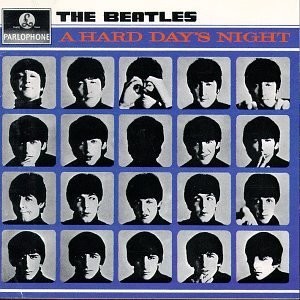 George Martin apparently decided that the mono version intended for the British "A Hard Day's Night" soundtrack album should be the same length as the stereo version, so a "fold-down" mono mix was made by combining the left and right channels of the stereo mix into a single channel. Therefore, this became the mono version contained on the British album. Consequently, the mono version released in the US with the extra verse was not released in Britain at all and, subsequently, was not included on the Mono "A Hard Day's Night" compact disc as released in the '80s. George Martin apparently decided that the mono version intended for the British "A Hard Day's Night" soundtrack album should be the same length as the stereo version, so a "fold-down" mono mix was made by combining the left and right channels of the stereo mix into a single channel. Therefore, this became the mono version contained on the British album. Consequently, the mono version released in the US with the extra verse was not released in Britain at all and, subsequently, was not included on the Mono "A Hard Day's Night" compact disc as released in the '80s.
Song Structure and Style
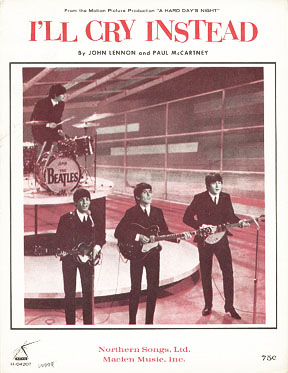 "I'll Cry Instead" was composed using an intentional Country & Western flavor in the standard verse/ verse/ bridge/ verse format (or aaba). No solo section was needed, so a repeat of the first verse was added (in the longer mono version) as well as a repeat of the bridge and third verse. Therefore, we hear almost the entire structure of the song twice in just over two minutes. "I'll Cry Instead" was composed using an intentional Country & Western flavor in the standard verse/ verse/ bridge/ verse format (or aaba). No solo section was needed, so a repeat of the first verse was added (in the longer mono version) as well as a repeat of the bridge and third verse. Therefore, we hear almost the entire structure of the song twice in just over two minutes.
We start out with a one measure introduction which amounts to the rhythm guitar parts and tambourine of the first three measures of the verse, minus the bass and drums. We quickly go into the first verse, which is eight measures long and concludes appropriately with the title of the song as the hook-line of the song. Although C&W is the rule of the song, the fifth and sixth measure show the blues influence appear in the chord used as well as the vocal melody line. Their obsession with blues scales in 1964, as heard in "Can't Buy Me Love," "You Can't Do That" and "A Hard Day's Night," was becoming so ingrained that it even appears in this country song.
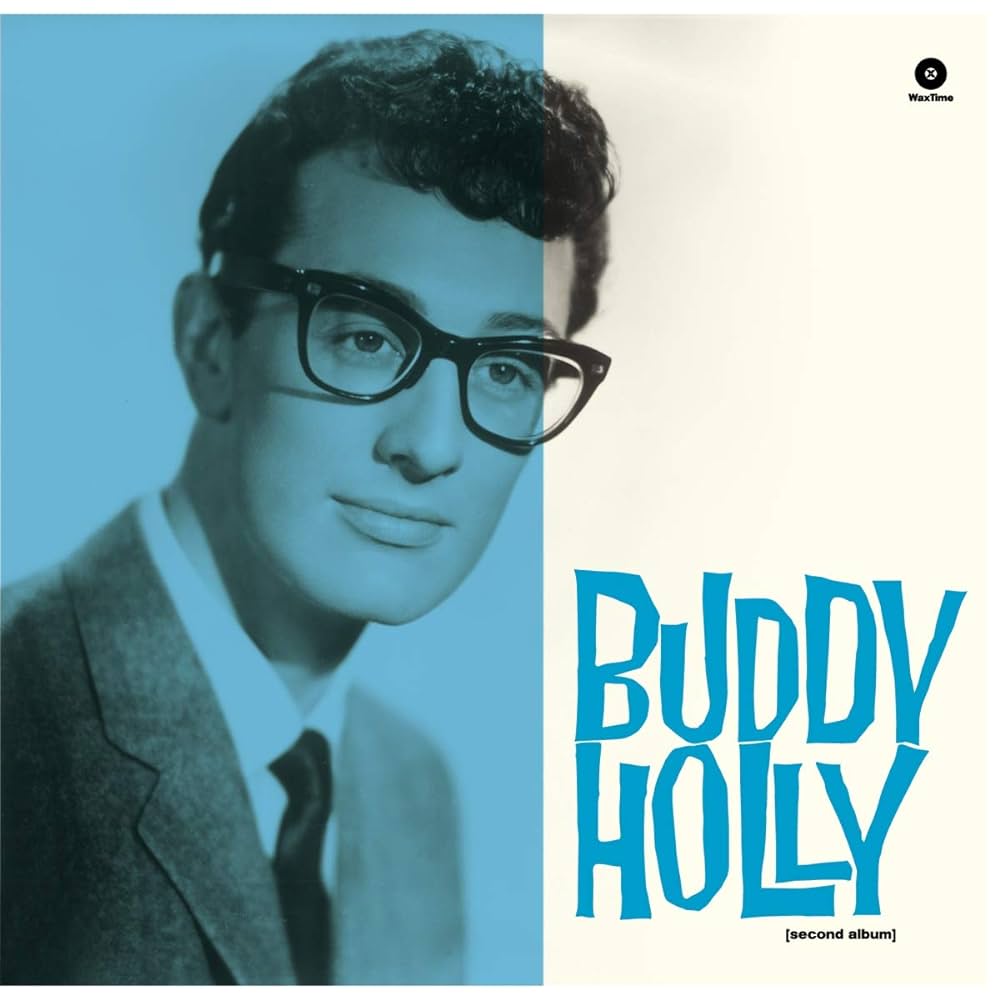 After a structurally identical second verse, we enter into a four measure bridge that accelerates the lyrical pace while staying strictly country in format with a slight nod to Buddy Holly on the word "away-ee-hee-hay." Lennon then continues this line of thought right into the third verse, this verse also being eight measures long. The only difference here is the sixth measure which shows all rhythm guitars and drums disappear to highlight Paul's walking bass line and the sneering lyric "I'll show you what your loving man can do." The guitars and drums then kick back in for the final two measures and the final hook-line of the pattern. After a repeat of the final two (or three) sections of the song, it then resolves nicely and satisfyingly. After a structurally identical second verse, we enter into a four measure bridge that accelerates the lyrical pace while staying strictly country in format with a slight nod to Buddy Holly on the word "away-ee-hee-hay." Lennon then continues this line of thought right into the third verse, this verse also being eight measures long. The only difference here is the sixth measure which shows all rhythm guitars and drums disappear to highlight Paul's walking bass line and the sneering lyric "I'll show you what your loving man can do." The guitars and drums then kick back in for the final two measures and the final hook-line of the pattern. After a repeat of the final two (or three) sections of the song, it then resolves nicely and satisfyingly.
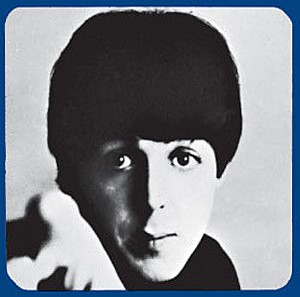 Lennon's vocal delivery is very convincing in relation to the emotional subject matter. His acoustic rhythm guitar playing, while somewhat rudimentary, is suitable to the arrangement. McCartney's bass lines are well-crafted and well-rehearsed, especially during his solo spotlight in the third and then final verse. Lennon's vocal delivery is very convincing in relation to the emotional subject matter. His acoustic rhythm guitar playing, while somewhat rudimentary, is suitable to the arrangement. McCartney's bass lines are well-crafted and well-rehearsed, especially during his solo spotlight in the third and then final verse.
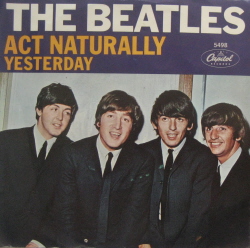 Ringo's drums are nearly inaudible but played straight without any fills, sufficient to the task at hand. More to the forefront is Ringo's tambourine, which creates the perfect percussive rhythm for this track. Interestingly, he chooses to accent the 'one-and' of every measure of the verses, and then he accents every 'and' beat in the bridge, as the snare would during a swing-country song (witness "Act Naturally"). Ringo's drums are nearly inaudible but played straight without any fills, sufficient to the task at hand. More to the forefront is Ringo's tambourine, which creates the perfect percussive rhythm for this track. Interestingly, he chooses to accent the 'one-and' of every measure of the verses, and then he accents every 'and' beat in the bridge, as the snare would during a swing-country song (witness "Act Naturally").
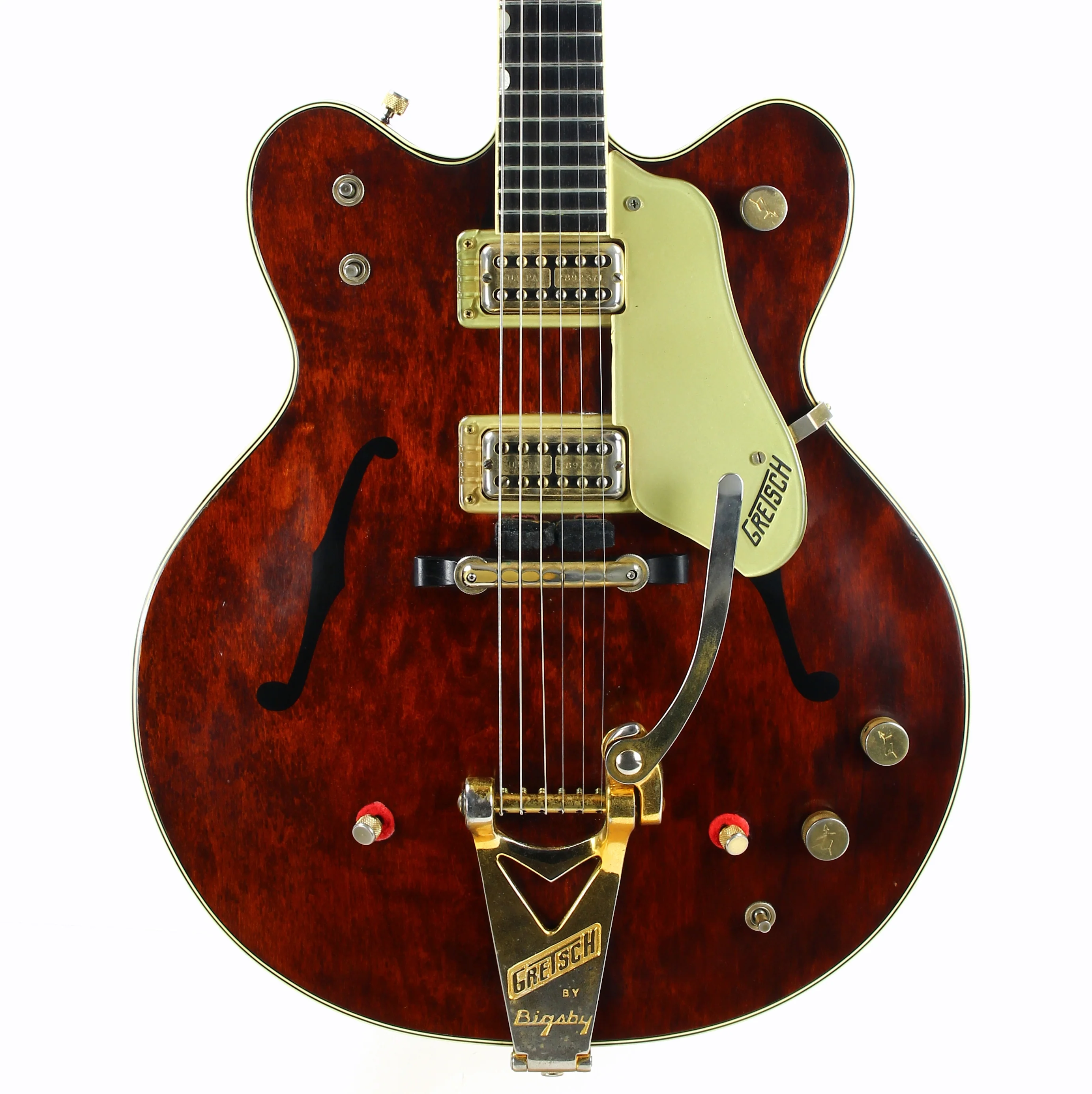 Especially in top form is Harrison's lead guitar playing. His Carl Perkins flavored fills give this track an extraordinary rockabilly touch, while his delivery is spot-on for accuracy. George's juxtaposition against John's acoustic rhythm guitar within the confines of the fun swing-country rhythm creates a perfect atmosphere for the song. Especially in top form is Harrison's lead guitar playing. His Carl Perkins flavored fills give this track an extraordinary rockabilly touch, while his delivery is spot-on for accuracy. George's juxtaposition against John's acoustic rhythm guitar within the confines of the fun swing-country rhythm creates a perfect atmosphere for the song.
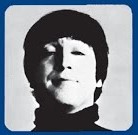 John's lyrics as of 1964 were still, as he put it, "projecting myself into a situation and writing a nice story about it." Lennon hadn't yet reached the point of composing strictly autobiographical songs but, our all being now acquainted with so much of his life story, we see him here candidly including touches of his true emotional state at the time. For instance, Lennon later admitted that the lyric "I got a chip on my shoulder that's bigger than my feet" was an accurate indication of his feelings at the time. John's lyrics as of 1964 were still, as he put it, "projecting myself into a situation and writing a nice story about it." Lennon hadn't yet reached the point of composing strictly autobiographical songs but, our all being now acquainted with so much of his life story, we see him here candidly including touches of his true emotional state at the time. For instance, Lennon later admitted that the lyric "I got a chip on my shoulder that's bigger than my feet" was an accurate indication of his feelings at the time.
He may not have been expressing his inner-self fully in his songs yet, but we see that he's come a long way from the cliché-heavy romanticism of "I Want To Hold Your Hand" in a short six months.
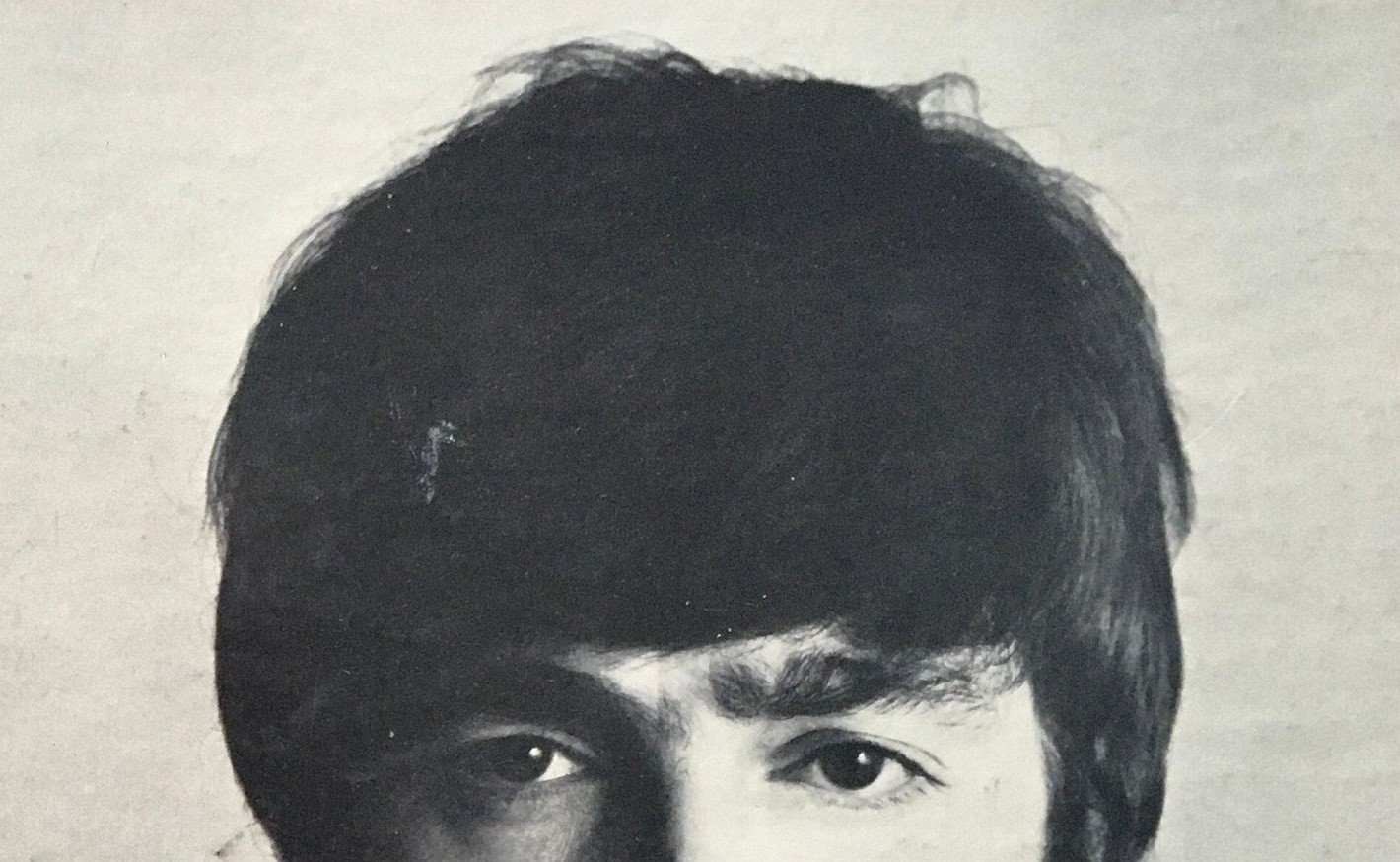 The lyrics of John's "I'll Cry Instead" accurately convey the full range of the emotions one would have when losing in romance. We first see anger ("I've got every reason on earth to be mad"), inadequacy ("I can't talk to people that I meet"), then isolation ("I'm gonna hide myself away"), the carrying of a grudge ("I've got a chip on my shoulder"), revenge ("If I could see you now, I'd try to make you sad somehow"), and even macho over-compensation ("you better hide all the girls, 'cause I'm gonna break their hearts all around the world"). But the overriding element that he always comes back to is that, although he'd like to express himself in all these ways, he'll just "cry instead." The lyrics of John's "I'll Cry Instead" accurately convey the full range of the emotions one would have when losing in romance. We first see anger ("I've got every reason on earth to be mad"), inadequacy ("I can't talk to people that I meet"), then isolation ("I'm gonna hide myself away"), the carrying of a grudge ("I've got a chip on my shoulder"), revenge ("If I could see you now, I'd try to make you sad somehow"), and even macho over-compensation ("you better hide all the girls, 'cause I'm gonna break their hearts all around the world"). But the overriding element that he always comes back to is that, although he'd like to express himself in all these ways, he'll just "cry instead."
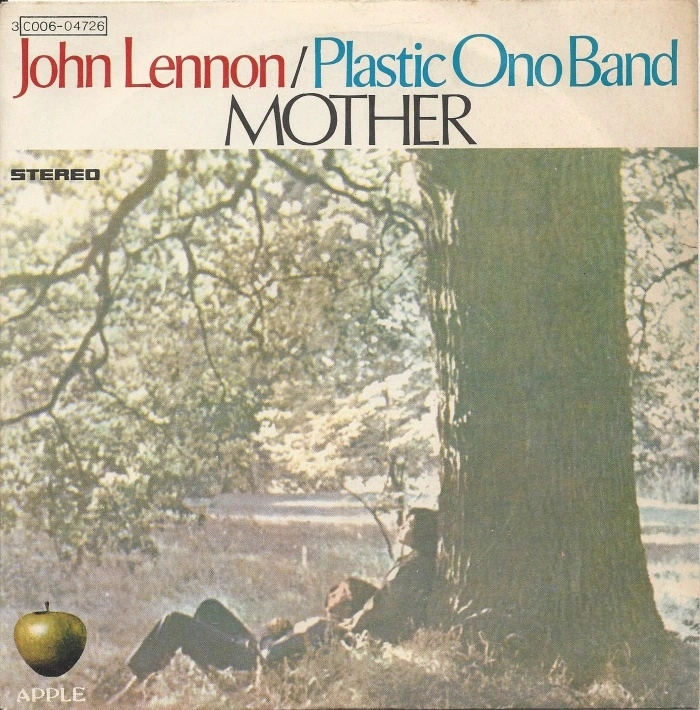 Although the subject of 'crying' permeates the Lennon songbook, "I'll Cry Instead" is arguably the second most telling example within the band's catalog of how deeply wounded he had become, "Help!" being the first. John's loss of his mother and estrangement from his father, as well as the death of his closest of friends Stu Sutcliffe, had all left their mark. While it was much later, such as with his 1970's solo track "Mother," that he came more fully to terms with these losses, Lennon's grief can easily be traced back to the early Beatles cannon, as in this song. Although the subject of 'crying' permeates the Lennon songbook, "I'll Cry Instead" is arguably the second most telling example within the band's catalog of how deeply wounded he had become, "Help!" being the first. John's loss of his mother and estrangement from his father, as well as the death of his closest of friends Stu Sutcliffe, had all left their mark. While it was much later, such as with his 1970's solo track "Mother," that he came more fully to terms with these losses, Lennon's grief can easily be traced back to the early Beatles cannon, as in this song.
 United Artists Sountrack album for "A Hard Day's Night"
|
American Releases
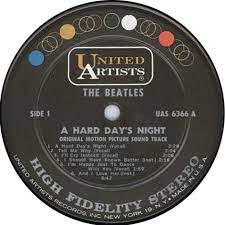 June 26th, 1964, was the premier of the song "I'll Cry Instead" in America on the United Artists soundtrack LP "A Hard Day's Night." Or should I say, "I Cry Instead" as the label mistakenly called it on the cover and record label throughout most reissue cycles of the album. This was one of a small handful of occasions that America got to hear a Beatles song before Britain did, as the UK version of the "A Hard Day's Night" album wasn't released there until two weeks later on July 10th, 1964. Since United Artists was anxious to release the album as soon as possible and they only had the mono masters that they received from EMI around June 10th, 1964 (with the extra verse detailed above), their "High Fidelity Stereo" edition of the album contained some ingenious "fakery." After transferring the mono master of "Tell Me Why" to two seperate channels, they boosted the bass frequencies to the left channel and raised the treble frequencies to the right channel, panning some of the guitar fills to the left channel when they occur in order to create an illusion of stereo. June 26th, 1964, was the premier of the song "I'll Cry Instead" in America on the United Artists soundtrack LP "A Hard Day's Night." Or should I say, "I Cry Instead" as the label mistakenly called it on the cover and record label throughout most reissue cycles of the album. This was one of a small handful of occasions that America got to hear a Beatles song before Britain did, as the UK version of the "A Hard Day's Night" album wasn't released there until two weeks later on July 10th, 1964. Since United Artists was anxious to release the album as soon as possible and they only had the mono masters that they received from EMI around June 10th, 1964 (with the extra verse detailed above), their "High Fidelity Stereo" edition of the album contained some ingenious "fakery." After transferring the mono master of "Tell Me Why" to two seperate channels, they boosted the bass frequencies to the left channel and raised the treble frequencies to the right channel, panning some of the guitar fills to the left channel when they occur in order to create an illusion of stereo.
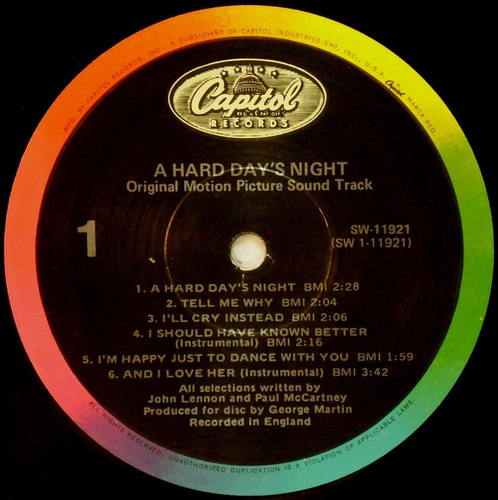 United Artists kept this album in print until the label was purchased by Capitol Records in 1978, Capitol beginning their reprints of this soundtrack album on August 1st, 1980. This US album got its compact disc release on January 21st, 2014, both the mono and stereo versions of the album being contained on a single CD. Interestingly, the mono mix made on June 4th, 1964 with the extra verse, as described above, is included on this compact disc. United Artists kept this album in print until the label was purchased by Capitol Records in 1978, Capitol beginning their reprints of this soundtrack album on August 1st, 1980. This US album got its compact disc release on January 21st, 2014, both the mono and stereo versions of the album being contained on a single CD. Interestingly, the mono mix made on June 4th, 1964 with the extra verse, as described above, is included on this compact disc.
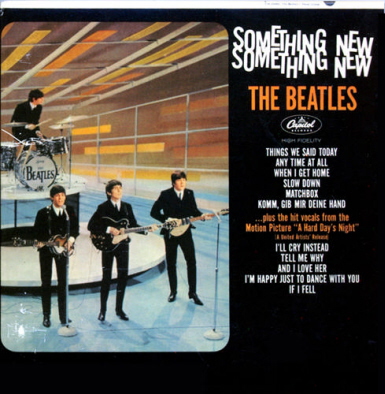 Two more American releases of the song appeared simultaneously on July 20th, 1964. Capitol included "I'll Cry Instead" (with the proper title) as the lead-off track of their third Capitol album "Something New." The mono edition of this album featured the longer mono mix from June 4th, 1964 that appeared on the US single as detailed below, while the stereo edition of the album featured the shorter stereo mix made on June 22nd, 1964 without the extra verse. Inadvertently, the album's label stipulated the running time on the stereo edition as 2:04, which is correct for the mono mix but incorrect for the stereo mix, this in reality being 1:49. This album was released on compact disc on January 21st, 2014, with both the mono and stereo mixes contained on one CD. Two more American releases of the song appeared simultaneously on July 20th, 1964. Capitol included "I'll Cry Instead" (with the proper title) as the lead-off track of their third Capitol album "Something New." The mono edition of this album featured the longer mono mix from June 4th, 1964 that appeared on the US single as detailed below, while the stereo edition of the album featured the shorter stereo mix made on June 22nd, 1964 without the extra verse. Inadvertently, the album's label stipulated the running time on the stereo edition as 2:04, which is correct for the mono mix but incorrect for the stereo mix, this in reality being 1:49. This album was released on compact disc on January 21st, 2014, with both the mono and stereo mixes contained on one CD.
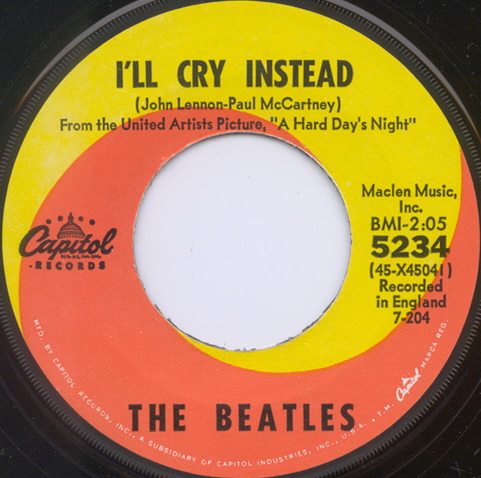 Also released on July 20th, 1964 was the "I'll Cry Instead" single with "I'm Happy Just To Dance With You" as the b-side. Because the movie didn't get released until August 11th, Capitol Records still assumed that the song was included in the film. Therefore the label of the single included the caption "From the United Artists Picture, "A Hard Day's Night." Also released on July 20th, 1964 was the "I'll Cry Instead" single with "I'm Happy Just To Dance With You" as the b-side. Because the movie didn't get released until August 11th, Capitol Records still assumed that the song was included in the film. Therefore the label of the single included the caption "From the United Artists Picture, "A Hard Day's Night."
It is interesting to note that Capitol desired to repeat the amazing chart success The Beatles enjoyed three months earlier when they held the top five positions on the Billboard (and Cash Box) pop chart. To do this, Capitol released three singles within an eight day period all featuring songs from the upcoming Beatles movie on both sides. The label's attempt to repeat this phenomenon, while also promoting sales through advertising the upcoming movie, ended up backfiring on them slightly.
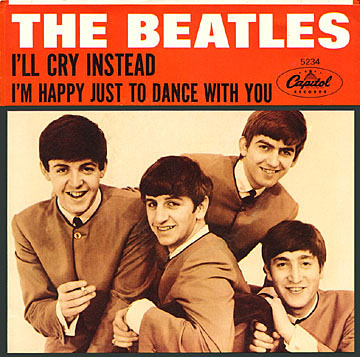 Their first single, "A Hard Day's Night" released on July 13th, 1964, attracted the majority of America's attention, which catapulted that track to #1. Then one week later, or on July 20th, 1964, both "I'll Cry Instead" and "And I Love Her" were also released as individual singles. Neither of these even cracked the Top 10 on the Billboard Hot 100, "And I Love Her" rising to a respectable #12 while "I'll Cry Instead" only managed to get to #25. Their first single, "A Hard Day's Night" released on July 13th, 1964, attracted the majority of America's attention, which catapulted that track to #1. Then one week later, or on July 20th, 1964, both "I'll Cry Instead" and "And I Love Her" were also released as individual singles. Neither of these even cracked the Top 10 on the Billboard Hot 100, "And I Love Her" rising to a respectable #12 while "I'll Cry Instead" only managed to get to #25.
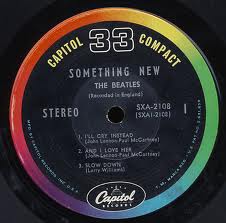 The song did get some additional exposure at the corner soda shop. Capitol's third and final edition of their Compact 33 jukebox records featured an abbreviated version of the US "Something New" album, which was issued in October of 1964. "I'll Cry Instead" was here featured as the first of three tracks on side one of that EP. The song did get some additional exposure at the corner soda shop. Capitol's third and final edition of their Compact 33 jukebox records featured an abbreviated version of the US "Something New" album, which was issued in October of 1964. "I'll Cry Instead" was here featured as the first of three tracks on side one of that EP.
Sometime in 1967, Capitol released Beatles music on a new but short-lived format called "Playtapes." These tape cartridges did not have the capability to include entire albums, so a truncated four-song version of "Something New" was released in this portable format, "I'll Cry Instead" being one of these songs. These "Playtapes" are highly collectable today.
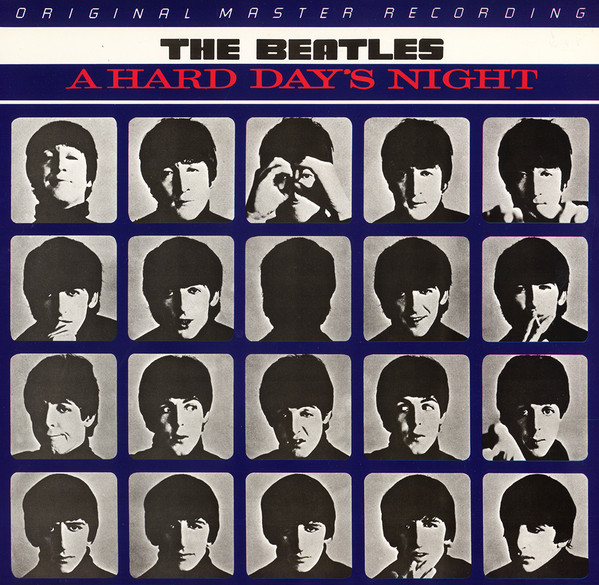 The first time the original UK "A Hard Day's Night" album was made available in America was on the "Original Master Recording" vinyl edition released through Mobile Fidelity Sound Lab in February of 1987. This LP included "I'll Cry Instead" and was prepared by utilizing half-speed mastering technology using the original master tape which was on then loan from EMI. This album release was only available for a limited time and is quite collectible today. The first time the original UK "A Hard Day's Night" album was made available in America was on the "Original Master Recording" vinyl edition released through Mobile Fidelity Sound Lab in February of 1987. This LP included "I'll Cry Instead" and was prepared by utilizing half-speed mastering technology using the original master tape which was on then loan from EMI. This album release was only available for a limited time and is quite collectible today.
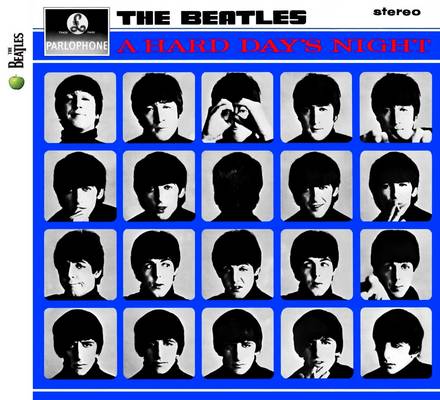 On February 26th, 1987, the song received its first US CD release on the original British "A Hard Day's Night" album in mono, the vinyl edition later being released on July 21st, 1987. The remastered stereo version on compact disc was released on September 9th, 2009, the vinyl edition released later on November 13th, 2012. On February 26th, 1987, the song received its first US CD release on the original British "A Hard Day's Night" album in mono, the vinyl edition later being released on July 21st, 1987. The remastered stereo version on compact disc was released on September 9th, 2009, the vinyl edition released later on November 13th, 2012.
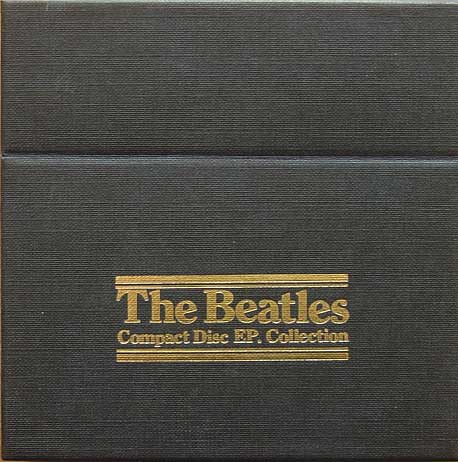 On June 30th, 1992, Capitol Records released a box set entitled “Compact Disc EP Collection.” “I’ll Cry Instead” in mono was included here because of its being on the original British EP “Extracts From The Album A Hard Day’s Night,” which was released on November 6th, 1964. On June 30th, 1992, Capitol Records released a box set entitled “Compact Disc EP Collection.” “I’ll Cry Instead” in mono was included here because of its being on the original British EP “Extracts From The Album A Hard Day’s Night,” which was released on November 6th, 1964.
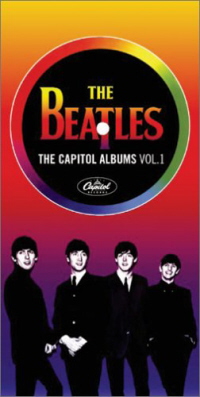 The box set "The Capitol Albums, Vol. 1," which was released on November 15th, 2004, also contains the song in stereo and mono as it first appeared on the "Something New" album. This release marks the first time that the June 4th, 1964 mono mix of "I'll Cry Instead" with the extra verse appeared on CD. The box set "The Capitol Albums, Vol. 1," which was released on November 15th, 2004, also contains the song in stereo and mono as it first appeared on the "Something New" album. This release marks the first time that the June 4th, 1964 mono mix of "I'll Cry Instead" with the extra verse appeared on CD.
The September 9th, 2009 released CD box set “The Beatles In Mono” also includes “I’ll Cry Instead,” the recording featured here being a clean remastered presentation of the "fold-down" stereo mix as released in the UK, not the original mono mix that contains the extra verse. The vinyl edition of this box set came out on September 9th, 2014.
Live Performances
The Beatles chose not to perform this song at any point in their career. During their first world tour in the latter half of 1964, they promoted the movie soundtrack by performing the title track as well as the intricate "If I Fell."
Conclusion
It's sad that many writers describe "I'll Cry Instead" disparagingly, calling it a 'slight composition', "not one of the group's best efforts" and as "less mature." On the contrary, the growth in musicianship and songwriting manifested in this song alone is undeniable.
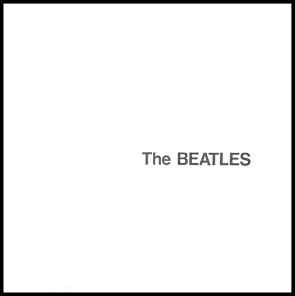 This was the band's first serious attempt at creating a country-and-western pastiche, displaying even more their adaptability as showmen. As evidenced in the coming years, The Beatles could quite easily morph themselves into whatever genre they wanted to. One need only to try to categorize the musical style of 1968's "The Beatles" album (aka "White Album"), which jumps around from hard rock to folk to blues to country to cabaret from one track to the next. This was the band's first serious attempt at creating a country-and-western pastiche, displaying even more their adaptability as showmen. As evidenced in the coming years, The Beatles could quite easily morph themselves into whatever genre they wanted to. One need only to try to categorize the musical style of 1968's "The Beatles" album (aka "White Album"), which jumps around from hard rock to folk to blues to country to cabaret from one track to the next.
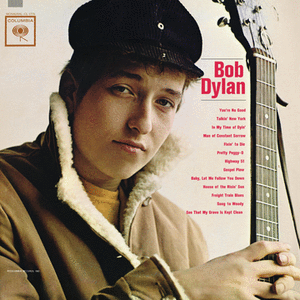 Lyrically, as described above, Lennon hints at the emotional turmoil he's been experiencing which, while not completely unheard of in popular music before this time, was actually groundbreaking for a Top 40 hit at the time. Hearing Bob Dylan use lyrics as a medium for personal expression, John tries his hand at it himself. He obviously found it therapeutic because we were treated to more of the same as early as four months later in "I'm A Loser" as well as throughout the rest of his lifetime. Lyrically, as described above, Lennon hints at the emotional turmoil he's been experiencing which, while not completely unheard of in popular music before this time, was actually groundbreaking for a Top 40 hit at the time. Hearing Bob Dylan use lyrics as a medium for personal expression, John tries his hand at it himself. He obviously found it therapeutic because we were treated to more of the same as early as four months later in "I'm A Loser" as well as throughout the rest of his lifetime.
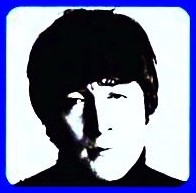 Even sadder is the actual fact that these painful expressions went largely unnoticed by The Beatles' adoring fans. At the time, listeners hardly registered the difference between the infectious "She Loves You" and the painfully expressive "I'll Cry Instead." Only in retrospect can we feel for the man who went through so much emotional turmoil in life. Even sadder is the actual fact that these painful expressions went largely unnoticed by The Beatles' adoring fans. At the time, listeners hardly registered the difference between the infectious "She Loves You" and the painfully expressive "I'll Cry Instead." Only in retrospect can we feel for the man who went through so much emotional turmoil in life.
Song Summary
"I'll Cry Instead"
Written by: John Lennon / Paul McCartney
-
Song Written: April 1964
-
Song Recorded: June 1, 1964
-
First US Release Date: June 26, 1964
-
-
US Single Release: Capitol #5234
-
Highest Chart Position: #25
-
-
Length: 2:09 (U.S. mono version) 1:49 (stereo version)
-
Key: G major
-
Producer: George Martin
-
Engineers: Norman Smith, Ken Scott
Instrumentation (most likely):
-
John Lennon - Lead Vocals, Rhythm Guitar (1962 Gibson J160E)
-
George Harrison - Lead Guitar (1963 Gretsch 6122 Country Gentleman)
-
Paul McCartney - Bass Guitar (1963 Hofner 500/1)
-
Ringo Starr - Drums (1964 Ludwig Super Classic Black Oyster Pearl), Tambourine
Written and compiled by Dave Rybaczewski
|
IF YOU WOULD LIKE TO MAKE A DONATION TO KEEP THIS WEBSITE UP AND RUNNING, PLEASE CLICK BELOW!
|